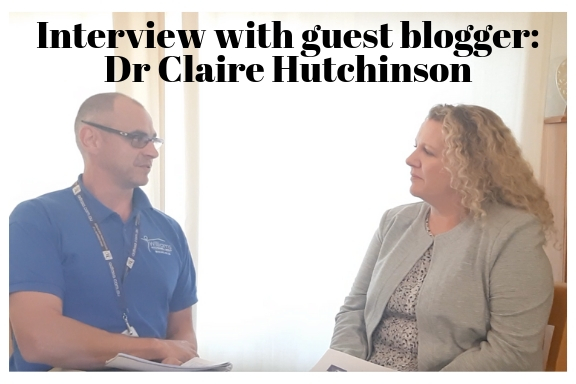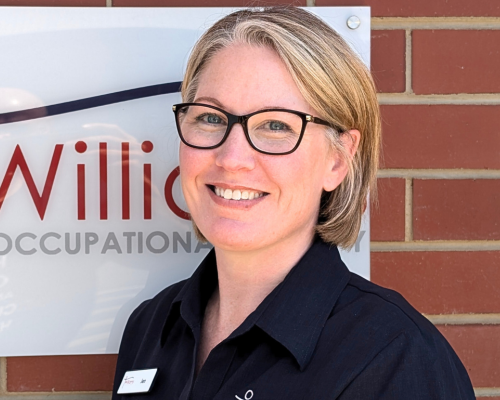We have a guest blogger for today, Dr Claire Hutchinson, Research Fellow, UniSA. Check out the video below for my full interview of Dr Hutchinson and then check out her blog:
Thank you to Brad for inviting me to write a guest blog post and for supporting our research.
I am part of a research team from the University of South Australia and Flinders University who has been investigating the social return on investment of vehicle modifications for people with disability.
Vehicle modifications can support a return to driving for many people with acquired disability and, as in the case of Nick (see Brad’s blog post from 21st September), can also support people with lifelong disability to drive for the very first time.
Vehicle modifications can vary widely from simple spinner knobs or specialised wing mirrors costing less than $200, to high tech joystick driving controls with extras like voice command auxiliary controls (e.g. horn, wipers). Couple this technology with an electronic ramp and driving from a wheelchair and costs can go up to $150,000 or more.
We spoke to consumers of vehicle modifications as well as various professional groups involved in the modification process such as driver-trained OTs like Brad, vehicle modifiers, driving instructors and funding bodies. We identified a number of significant outcomes from vehicle modification use such as independence, educational and employment opportunities, improved mental health and well-being, and social and community participation (to name but a few).
In our analysis we included the investments made by consumers (car purchase and investment of their time) as well as investments made by funders. We used five scenarios based across the VM price range to reflect the wide variation in VM costs.
In summary, we identified that for each $1 invested in vehicle modifications by the funder and the consumer, even the most costly high tech VM scenario generated $2.78 in social return for the consumer, their families and the wider community. The cheapest VM scenario (spinner knob and left accelerator pedal) generated $17.32 in social return for every $1 invested.
Payback period for funders were as low as 3.5 weeks for the cheapest scenario and still only 2 years 8.4 months for the most costly scenario. In light of our findings we are recommending that funders reconsider policies regarding the age of vehicles they will consider suitable for modification, given the significant social returns that are generated in even just a few years of driving. So far we have taken our findings to policy, practitioner and academic audiences in disability and rehabilitation, assistive technology and road safety, with more planned in 2019.
We expect to release our full findings plus an executive summary in early 2019. If you are interested in a copy, please email me (claire.hutchinson@unisa.edu.au) or my colleague Dr Angela Berndt (angela.berndt@unisa.edu.au).
Guest Blogger – Dr Claire Hutchinson, Research Fellow, UniSA

If you want to download a copy of Dr Hutchinson’s paper about consumers experiences of being a driver with a disability, click here to download. Please note that this is limited only to the first 50 people, so get your copy now.



